Whispers in the West – part three
After the group’s successful ascent of Carningli (panorama shot above), the second day of the Silent Eye’s Whispers in the West weekend continued, with a short, further car journey to one of the historic highlights of the trip – Pentre Ifan.
Pentre Ifan is the best known, and because of its height, the most impressive megalithic monuments in Wales. It is believed to be the remains of a chambered tomb for the communal burial of the dead, which would have been used, continuously, for some period before finally being sealed for good. The tomb was erected in the Neolithic age, perhaps as early as 3.500 B.C.
The burial chamber itself was once partially covered by a great cairn (see schematic, below), extending well to the rear, but the stones have long since been removed; so it now lacks its original covering.
(Schematic taken from a partial photograph of the CADW information board at the site)
Pentre Ifan is classified as of the Portal Dolmen type, with the front of the chamber composed of three large uprights set in an ‘H’ formation – though here it is placed, unusually, at the centre of a curving facade of slabs, in line with the design shown in the schematic.
The enormous capstone, nearly 17 feet long, weighs over sixteen tons and is supported on just three stones, as can be seen in the above photograph. It is believed that the juxtaposition of supporting and non-supporting stones was part of the design of the dolmen.
The weather continued to be wonderful, as you can see from the photographs. Beyond this, though, and the fact that it was now late afternoon, there was a very peaceful atmosphere about Pentre Ifan. It is a very beautiful and spiritual place. No-one in our party wanted to depart…
In leaving, we took one final look beyond the perimeter hedge, to see the now-familiar shape of Carningli, mountain of the angels, from which we had just come. Seen from this angle, you can see how high it is, and how it dominates the land around.
And then it was back in the cars for a short journey into a very beautiful valley to the north of Pentre Ifan to see St Brynach’s church in the lovely village of Nevern.
The church is most famous for one of its many yew trees, near to the gate, which is called the “Bleeding Yew”. The yew tree is about 700 years old, which is extraordinary in itself.
It has a red sap running out of it which has the consistency of blood – though it dries pink rather than brown. Trees are known to ‘bleed’ when their internal flow structures are exposed, but, according to local legend, St Brynach’s bleeding yew has been in that state for hundreds of years.
There are many myths about why the Nevern yew tree bleeds: some say that as Jesus was crucified on a cross it is bleeding in sympathy. One myth says that a monk was hanged on this tree for a crime of which he was innocent and the tree is still protesting the injustice. There are many other stories, but the church and its surroundings have much more to offer than just the Bleeding Yew.
Further up the main path to the church is a large and dominant Celtic Cross, carved with the familiar Celtic knot-work pattens seen elsewhere in western Europe.
The cross is one of the most perfect examples of ancient Celtic stone carving in all Wales. The total height is thirteen feet and the cross is two feet in diameter at its thickest point.
Experts date the cross as late 10th or early 11th century. The four sides of the cross are carved with geometric interlacing patterns.
The West and East faces have inscriptions. One is Ans, meaning Dominus, latin for Master. The other is not as certain, and could be the word for Hallelujah.
Language is major feature of the inside of St Brynach’s church, which unashamedly celebrates the Celtic history of the land around it. The famous Nevern Ogham Stone, which has inscriptions in both ‘Celtic – Ogham’ and Latin, has been laid as the lintel of one of the windows in the south side of the transept.
The photo shows the Ogham lines cut into the corners of the stone to form words. There is even a notice showing you how to use the stone to write your name in Ogham – assuming there are sufficient letters.
And with that, our time in Nevern had come to an end. It had been a long and wonderful day of discovery and we were due to have an early dinner at the Sloop pub in Porthgain, on the twenty mile return journey to St David’s.
Lizzy had arranged things so that we would just have time for a slight detour on the way there to have a very special glass of Welsh cider at a place called (locally) Bessie’s pub in Cwm Gwaun. The valley which houses Bessie’s is well hidden and I would not have liked to find it on my own! Having said that, the village was delightful and full of friendly local people, sitting on their doorsteps in the early evening sun, who smiled at our band of weary travellers and waved us towards Bessie’s – the only pub in the valley.
And the cider? Well, if you get chance, have a pint of Black Dragon if you’re passing through these parts. ‘Nectar of the Gods’ springs to mind…
The final part of this series of posts will conclude, next week, with our Sunday morning walk to St David’s Cathedral, via the coastal footpath and St Non’s clifftop church and shrine. St Non was the mother of St David.
The Silent Eye runs four such weekends per year; in April, June, September, and the start of December. Apart from the main April workshop, which combines mystical drama with teachings, they are very informal occasions, but a good way to meet some of the names and faces from the Silent Eye School of Consciousness. Everyone is welcome – we simply wander in a landscape and get to know each other.
The formal teaching programme of the Silent Eye School is a three-year correspondence course, studied at home and in the individual’s daily world, with personal supervision via email, and workshops. The teaching programme is based on a guided journey through the spiritual layers of a nine-pointed figure called the Enneagram (below). The Silent Eye is a not-for-profit organisation and charges as little as possible for its work.
You can find details of the forthcoming events for the year on our website.


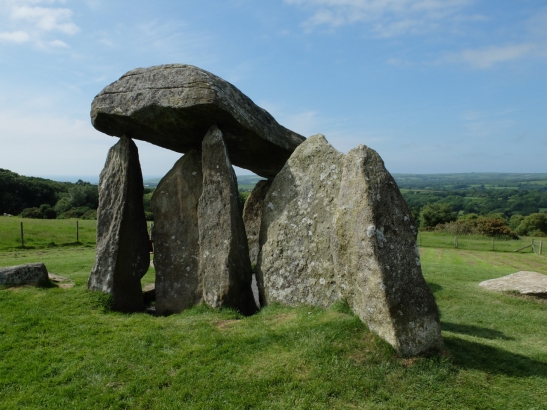
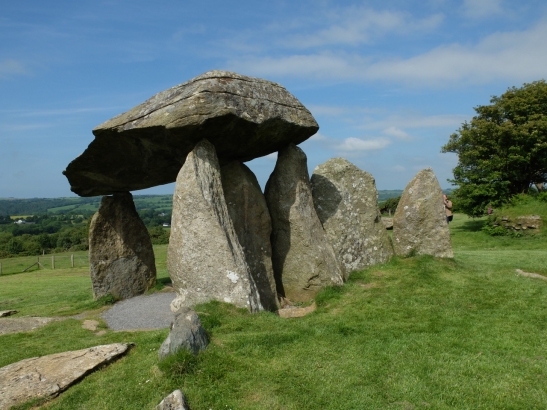
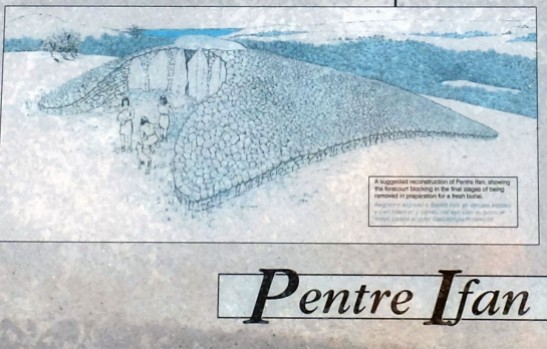
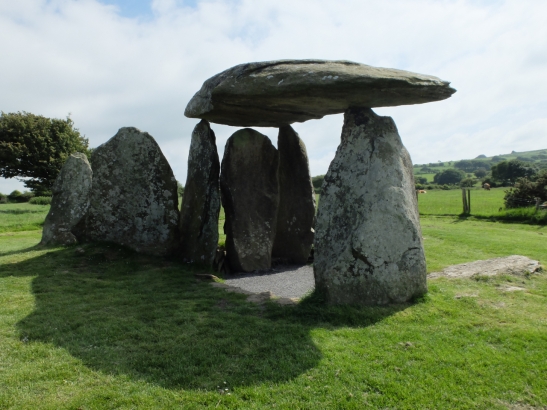
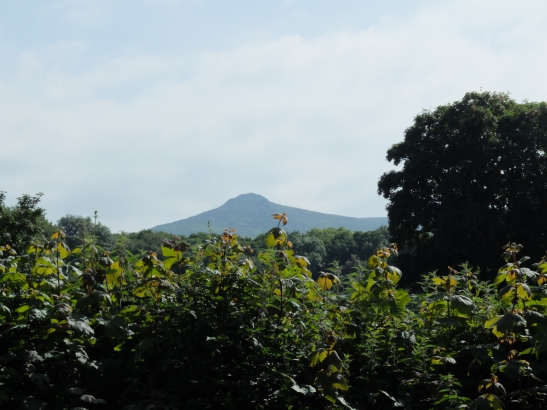
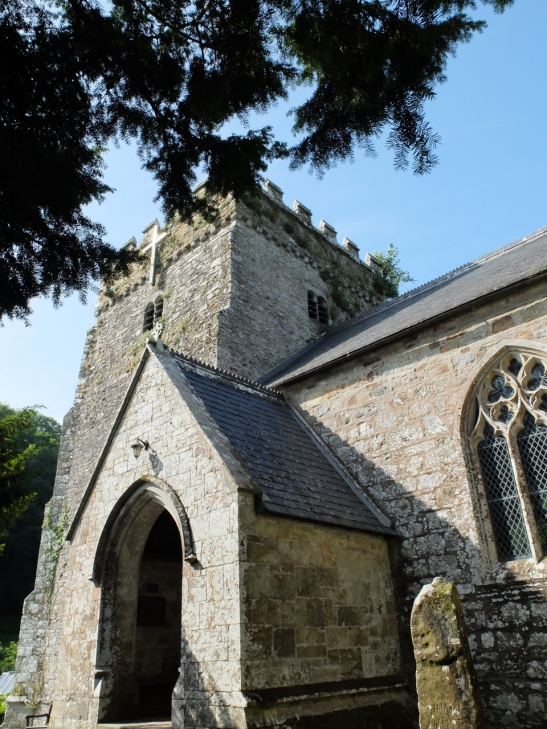
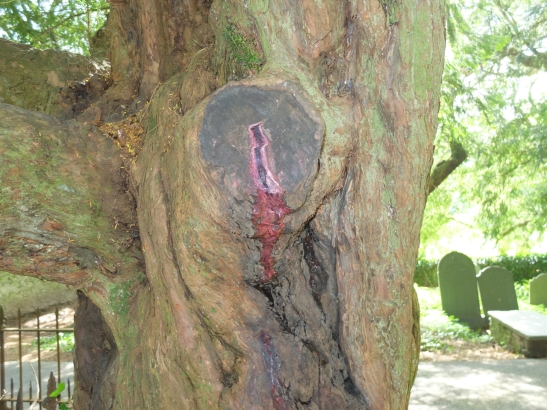
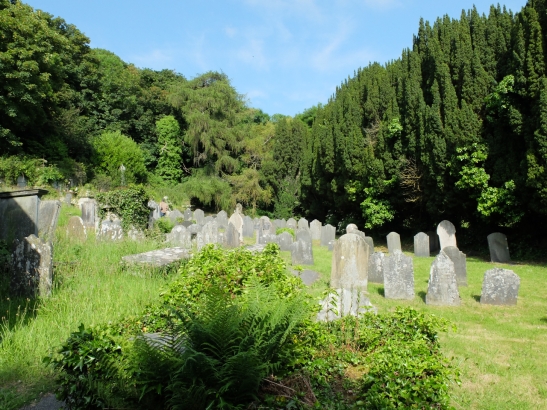
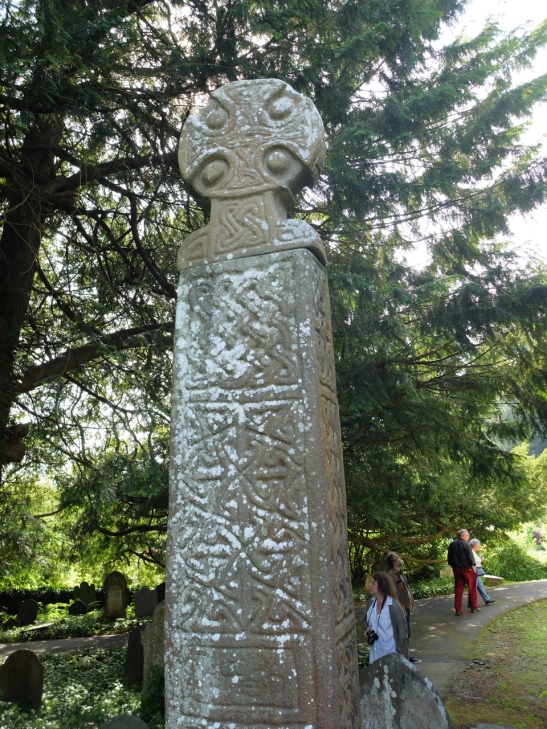
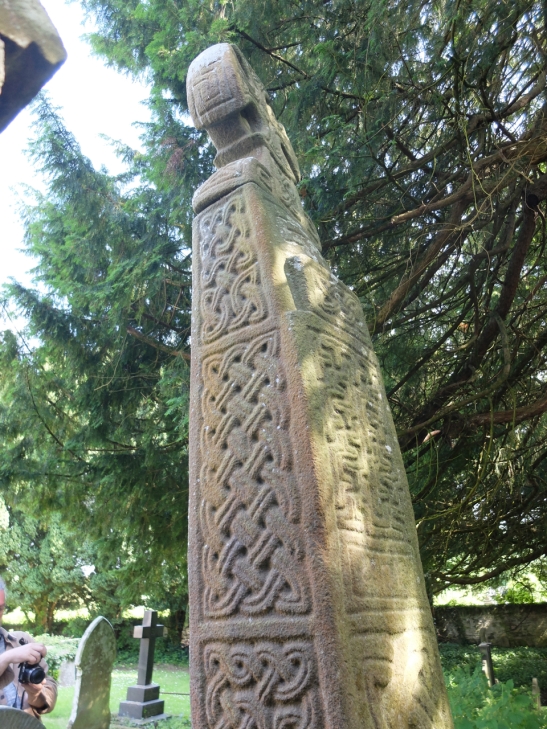
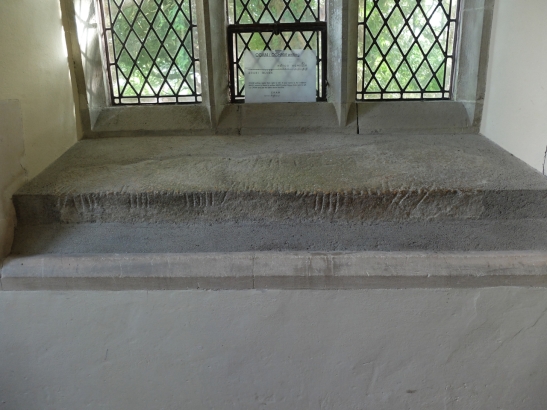
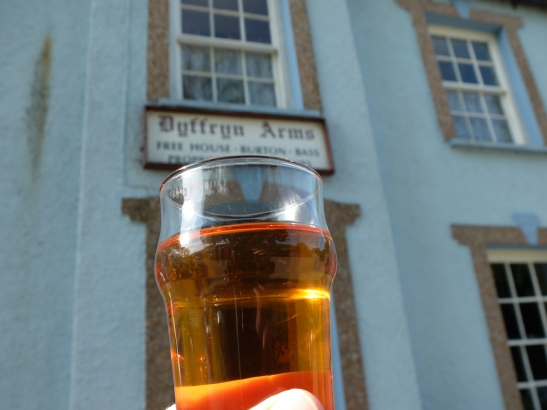



Always sorry I missed the Saturday – would have much preferred to be there than cleaning for the next holiday visitor.. We’ve climbed around here in the past – magnificent. And we stopped for a drink at Bessie’s. Looking forward to tomorrow.
Wish you could have been too x
Thank you, Judith. We were looking forward to meeting up next time we hope? And thank you for the reblog.
Reblogged this on Judith Barrow and commented:
Beautiful Pembrokeshire. We’re so lucky to live here. History, mystery and myths – and glorious scenery.
Reblogged this on Smorgasbord – Variety is the spice of life and commented:
Pentre Ifan is the best known, and because of its height, the most impressive megalithic monuments in Wales. It is believed to be the remains of a chambered tomb for the communal burial of the dead, which would have been used, continuously, for some period before finally being sealed for good. The tomb was erected in the Neolithic age, perhaps as early as 3.500 B.C. Combined with a bleeding Yew tree and some excellent cider – stunning visitations in Wales with Sue Vincent and her fellow travellers.
Thank you, Sue x
Fascinating post. There was so many interesting things in such a relatively small area. I’ve never seen a tree with stigmata before, so that was a first for me. 🙂
Thank you, Bun. I’ve never seen such a tree before, either. The area is really beautiful and well worth a visit.
I’d like to see it sometime. 🙂
So very interesting.